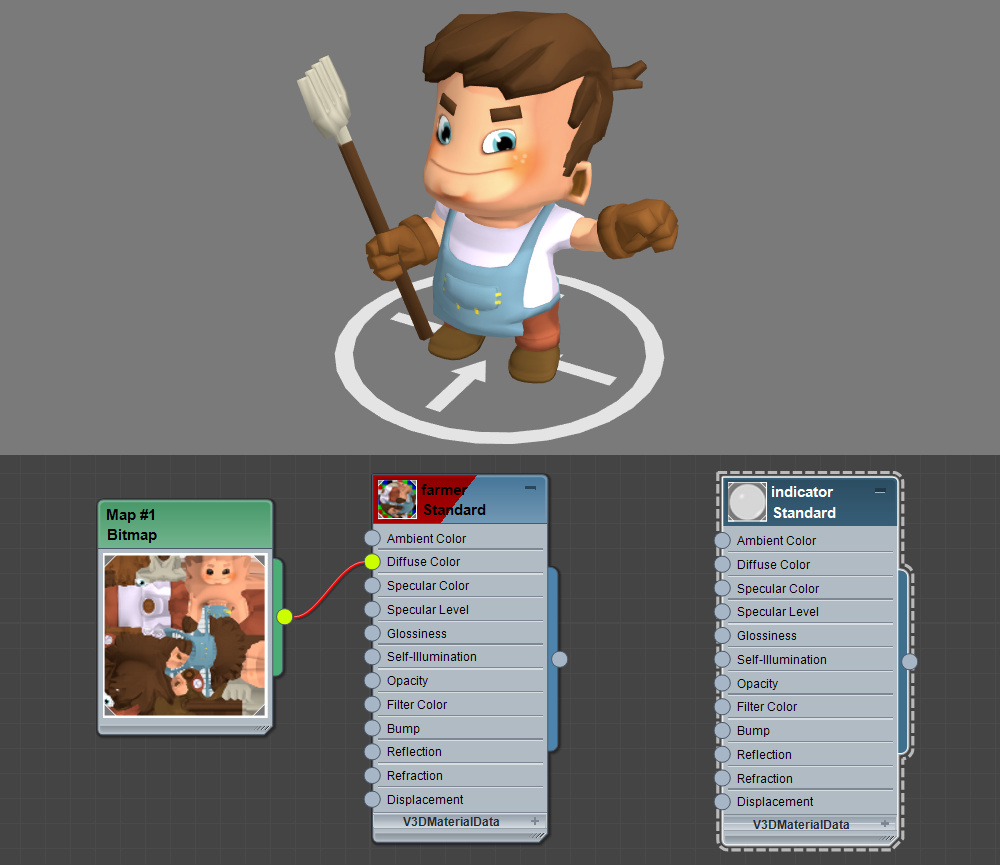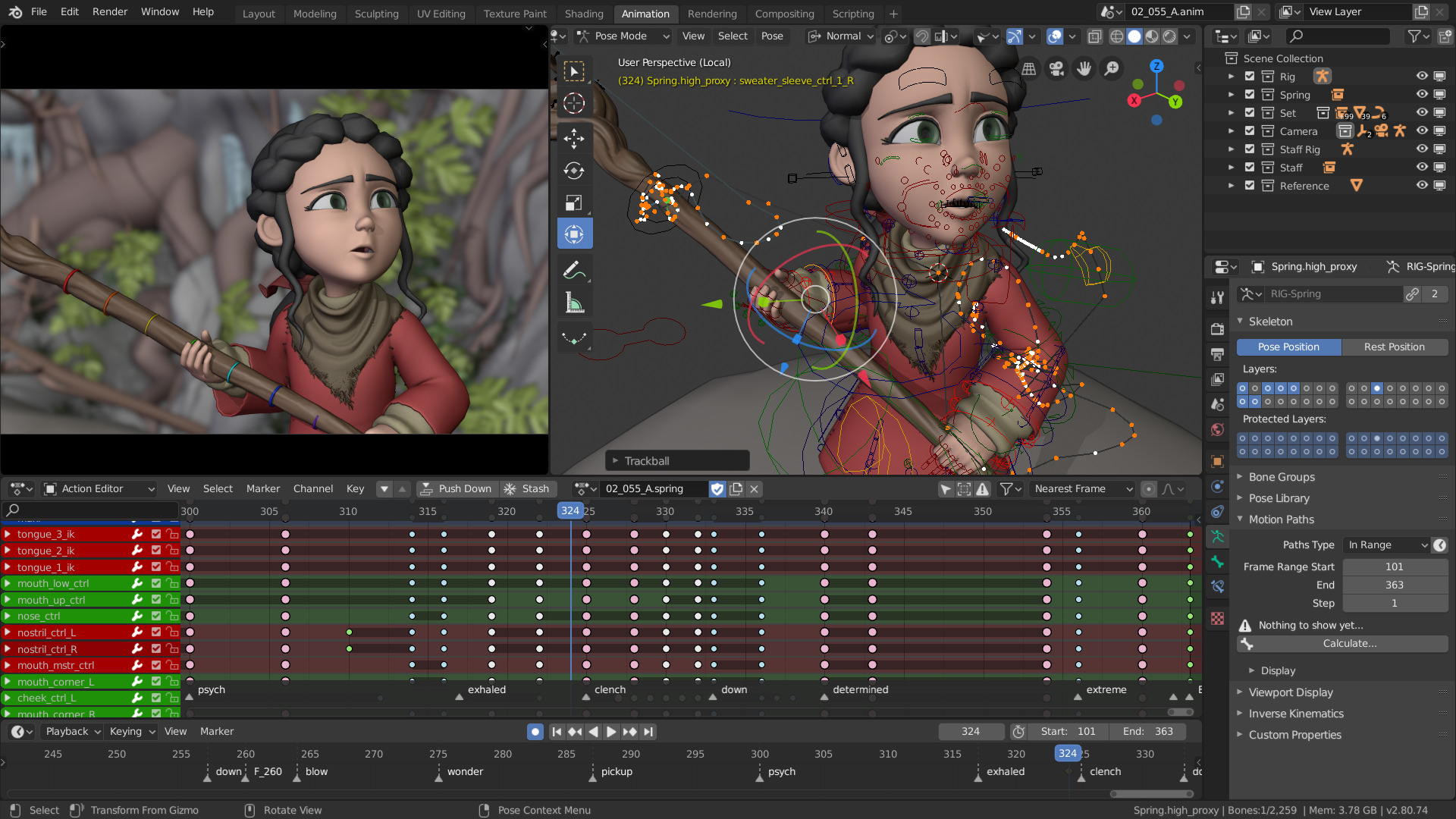Procedural modeling is a technique that uses algorithms and rules to generate 3D models and textures automatically, without manual input. Procedural modeling can create complex and realistic scenes with high diversity and variation, while saving time and resources. Procedural modeling is widely used in various fields, such as video games, movies, architecture, and engineering.
What is Procedural Modeling?
Procedural modeling is a way of creating 3D content by defining a set of instructions or parameters that control the shape, size, color, and position of the elements in the scene. These instructions can be embedded in the algorithm, configurable by the user, or separate from the evaluation engine. The output of procedural modeling is called procedural content, which can be displayed, edited, or exported to other applications.
Procedural modeling is different from traditional modeling techniques, which require the user to manually create and edit each element of the scene. Procedural modeling allows the user to create large and complex scenes with minimal effort and maximum flexibility. Procedural modeling can also create infinite variations of the same scene by changing the parameters or the random seed.
How Does Procedural Modeling Work?
Procedural modeling works by applying a series of operations or transformations to a base shape or a set of base shapes. These operations can include extrusion, beveling, subdivision, rotation, scaling, translation, duplication, deformation, noise, blending, and more. The operations can be applied sequentially or in parallel, depending on the desired result.
The base shapes can be simple primitives, such as cubes, spheres, cylinders, or planes, or more complex shapes, such as curves, splines, meshes, or volumes. The base shapes can also be generated procedurally from mathematical functions or formulas.
The operations can be controlled by parameters that define their intensity, direction, frequency, amplitude, or other attributes. The parameters can be fixed values or variables that depend on other factors, such as time, position, distance, angle, or noise. The parameters can also be influenced by user input or external data sources.
The result of procedural modeling is a hierarchical structure of nodes that represent the base shapes and the operations applied to them. Each node has its own parameters and attributes that can be modified or animated. The nodes can also be connected to each other to create complex relationships and dependencies.

What are the Advantages and Disadvantages of Procedural Modeling?
Procedural modeling has many advantages over traditional modeling techniques. Some of them are:
- Efficiency: Procedural modeling can create large and detailed scenes with less memory and processing power than storing or rendering each element individually.
- Variety: Procedural modeling can create infinite variations of the same scene by changing the parameters or the random seed.
- Consistency: Procedural modeling can ensure that the elements in the scene follow certain rules or patterns that make them coherent and realistic.
- Customization: Procedural modeling can allow the user to adjust the parameters or the operations to achieve different results or styles.
- Reusability: Procedural modeling can allow the user to reuse the same algorithm or node structure for different scenes or purposes.
However, procedural modeling also has some disadvantages compared to traditional modeling techniques. Some of them are:
- Complexity: Procedural modeling can be difficult to understand and control for beginners or non-programmers.
- Unpredictability: Procedural modeling can produce unexpected or undesired results due to randomness or errors in the algorithm or the parameters.
- Limitations: Procedural modeling may not be able to create certain shapes or effects that require specific artistic skills or manual intervention.
| Subject | Description |
|---|---|
| Definition | Procedural modeling is a technique that uses algorithms and rules to generate 3D models and textures automatically, without manual input. |
| Advantages | Procedural modeling can create complex and realistic scenes with high diversity and variation, while saving time and resources. |
| Disadvantages | Procedural modeling can be difficult to understand and control, produce unexpected or undesired results, and have limitations in creating certain shapes or effects. |
| Applications | Procedural modeling is used in various fields, such as video games, movies, architecture, and engineering. |
| Examples | Some examples of procedural modeling are Minecraft, No Man’s Sky, Avatar, and CityEngine. |
| Methods | Procedural modeling works by applying a series of operations or transformations to a base shape or a set of base shapes, controlled by parameters or algorithms. |
| Tools | Some tools that support procedural modeling are Houdini, Substance Designer, World Machine, and Unreal Engine. |
What are Some Examples of Procedural Modeling?
Procedural modeling is used in many applications and domains that require 3D content creation. Some examples are:
- Video games: Procedural modeling is used to create realistic and immersive environments and characters for video games. Used in 3D Studio Max and other serious 3D software, examples include Minecraft, No Man’s Sky, Spore, and Elite Dangerous.
- Movies: Procedural modeling is used to create stunning and believable visual effects and animations for movies. Examples include Avatar, Star Wars, Lord of the Rings, and Frozen.
- Architecture: Procedural modeling is used to design and visualize buildings and cities with high complexity and diversity. Examples include CityEngine, SketchUp, Revit, and Rhino.
- Engineering: Procedural modeling is used to simulate and optimize physical systems and processes with high accuracy and efficiency. Examples include ANSYS, MATLAB, SolidWorks, and Blender.
Conclusion
Procedural modeling is a powerful technique for creating 3D content automatically, without manual input. Procedural modeling can create complex and realistic scenes with high diversity and variation, while saving time and resources. Procedural modeling is widely used in various fields, such as video games, movies, architecture, and engineering. Procedural modeling has many advantages and disadvantages over traditional modeling techniques. Procedural modeling works by applying a series of operations or transformations to a base shape or a set of base shapes, controlled by parameters or algorithms. Procedural modeling is a skill that requires creativity and logic, and can be learned and improved with practice and experimentation.

Leave a Reply